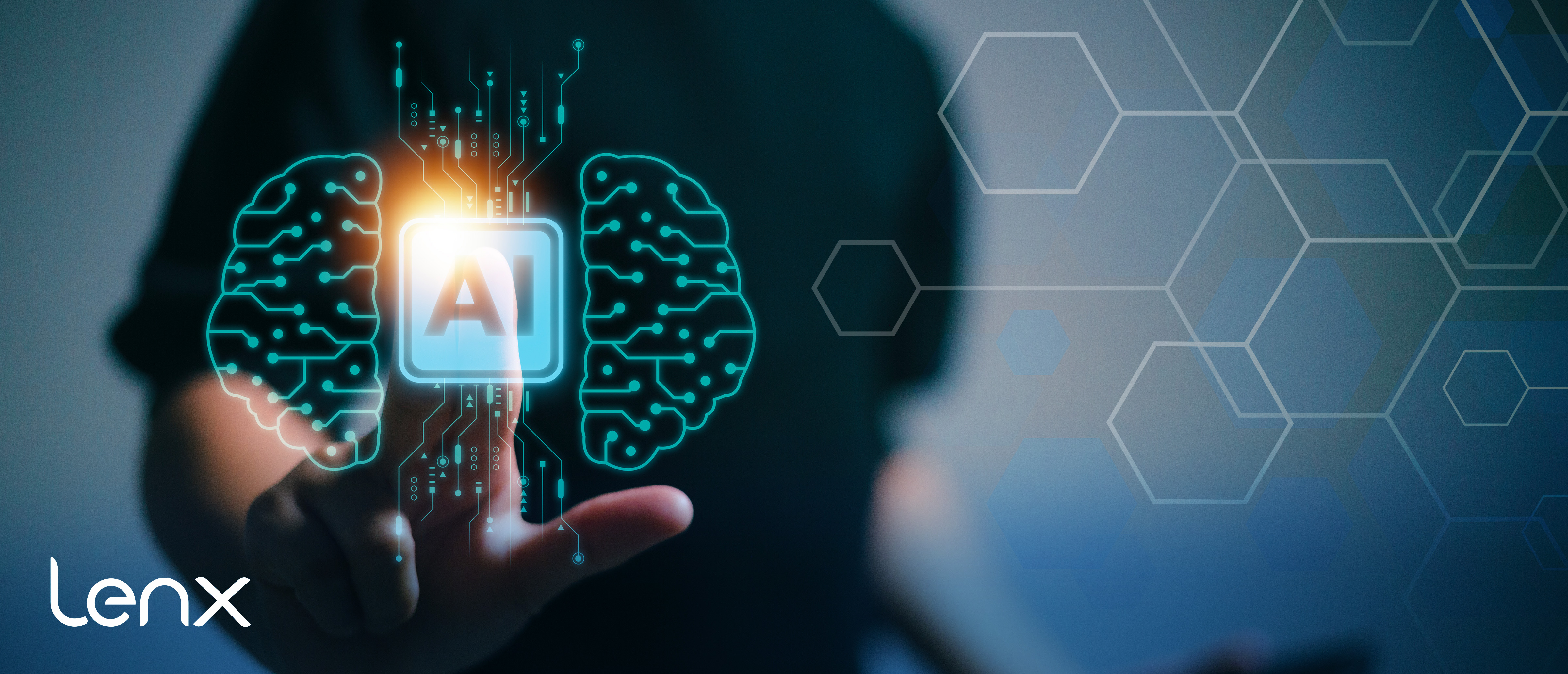
AI Security, Active Shooter Detection, How it Works
In the realm of security, the advent of Artificial Intelligence (AI) has been a game-changer. It has revolutionized the way we detect and respond to threats, particularly active shooter incidents.
Active shooter detection systems, powered by AI, are now at the forefront of this evolution. These systems leverage advanced algorithms and sensory data to identify potential threats swiftly and accurately.
In this article, we delve into the intricacies of AI security, focusing on active shooter detection. We will explore how these systems work, their application in various settings, and the technological advancements that have made them possible.
Join us as we navigate the complex landscape of AI security and active shooter detection, shedding light on its workings, its importance, and its future.
The Imperative of AI Security in Modern Society
AI security has become a critical component of modern society. It is instrumental in safeguarding individuals, institutions, and public spaces from a myriad of threats.
In particular, AI's role in active shooter detection has proven invaluable. It has enhanced the speed and accuracy of threat detection, enabling swift responses to potentially life-threatening situations.
As we continue to embrace digital transformation, the importance of AI security in maintaining safety and order cannot be overstated.
Understanding Active Shooter Detection Systems
Active shooter detection systems are a crucial part of AI security. They are designed to identify and alert authorities to potential threats in real-time.
These systems leverage AI algorithms to process data from various sensors. This includes visual sensors, which work in tandem to detect potential threats.
The goal is to swiftly identify and localize weapons. This allows for immediate response, potentially saving lives.
The effectiveness of these systems hinges on their ability to distinguish between guns or weapons and other objects.
The Integration of Sensory Data
The integration of sensory data is a key aspect of active shooter detection systems. Visual sensors work together to provide a comprehensive picture of the environment.
This multi-sensory approach enhances the system's ability to accurately detect and locate potential threats.
Machine Learning: The Core of Threat Discrimination
Machine learning models form the core of threat discrimination in active shooter detection systems. These models are trained to distinguish between weapons and other objects.
This ability to discriminate between different objects is crucial in reducing false positives and ensuring the system's reliability.
Real-Time Response and the Reduction of False Positives
Active shooter detection systems are designed for real-time response. They analyze data in real-time to identify and locate guns swiftly.
This immediate response is crucial in active shooter situations. It allows for quick action, potentially saving lives.
However, reducing false positives is equally important. False alarms can cause unnecessary panic and drain resources.
AI in the Educational Sphere: Active Shooter Detection in Schools
Schools are increasingly adopting AI security. Active shooter detection systems can protect students and staff.
These systems can integrate with existing security infrastructure. They can automate responses, alerting authorities instantly.
AI security apps can also provide immediate alerts. They can guide individuals to safety during an incident.
Ethical Considerations and Privacy Concerns
The use of AI in surveillance raises ethical questions. Balancing security and privacy is a challenge.
AI systems must be designed with privacy in mind. They should only monitor for specific threats, respecting individual privacy.
The Future of AI Security and Active Shooter Detection
AI security is evolving rapidly. Future developments could improve active shooter detection.
AI could predict and prevent incidents before they occur. This would revolutionize security.
Public-private partnerships will be crucial. They can advance AI security technology.
The Role of Continuous Learning and Government Regulation
AI security systems need continuous learning. They must adapt to new threats and environments.
Government regulations and standards will guide implementation. They can ensure the effectiveness of AI security systems.
Training and drills are also important. They prepare individuals for active shooter scenarios.

